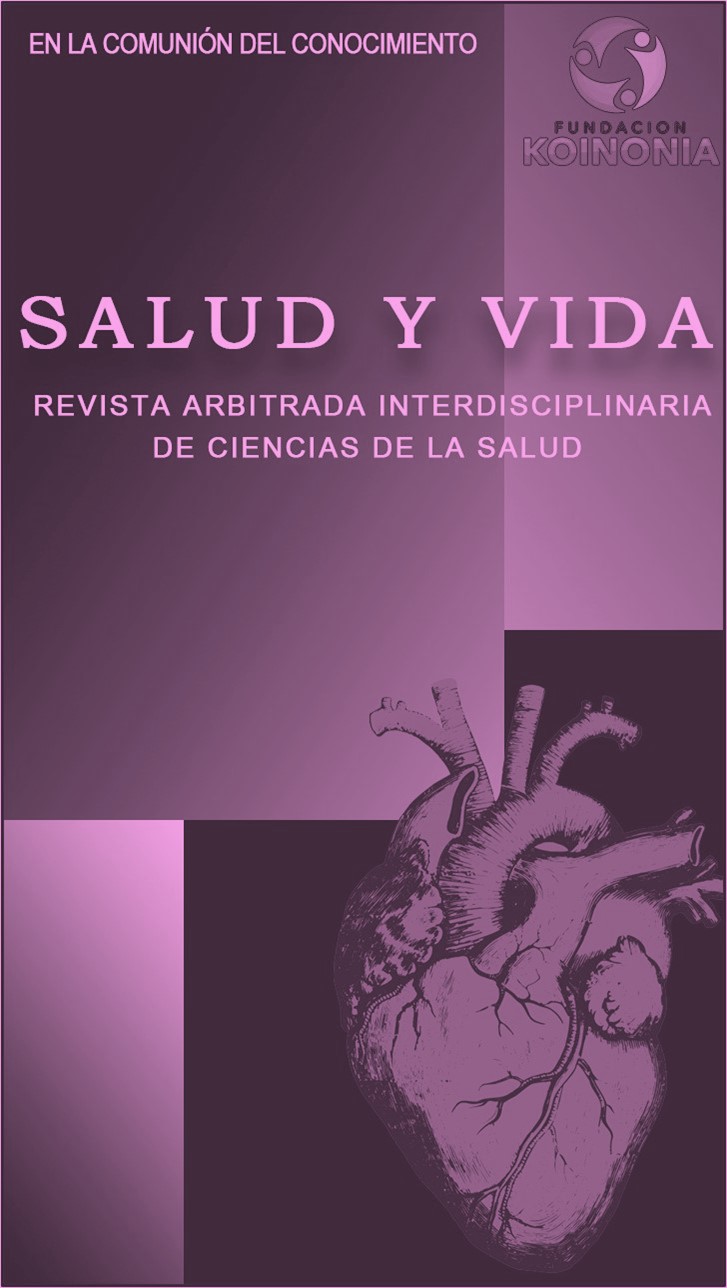Risk factors for acute respiratory infection in children
DOI:
https://doi.org/10.35381/s.v.v8i2.4246Keywords:
Pneumonia, pneumonia aspiration, bronchopneumonia, (Source: DeCS)Abstract
Objective: To identify risk factors for acute respiratory infection in children. Method: Descriptive documentary. Conclusion: Acute respiratory infections in children represent a significant challenge in terms of morbidity, due to the diversity of risk factors involved, such as viral and bacterial co-infections, antimicrobial resistance and seasonal variations. Early identification of these factors, together with the use of advanced molecular techniques for diagnosis, is essential to improve clinical management and reduce severe complications, such as bronchiolitis obliterans.
Downloads
References
Krenke K, Sadowy E, Podsiadły E, Hryniewicz W, Demkow U, Kulus M. Etiology of parapneumonic effusion and pleural empyema in children. The role of conventional and molecular microbiological tests. Respir Med. 2016;116:28-33. http://dx.doi.org/10.1016/j.rmed.2016.05.009
Krenke K, Urbankowska E, Urbankowski T, Lange J, Kulus M. Clinical characteristics of 323 children with parapneumonic pleural effusion and pleural empyema due to community acquired pneumonia. J Infect Chemother. 2016;22(5):292-297. http://dx.doi.org/10.1016/j.jiac.2016.01.016
de Benedictis FM, Kerem E, Chang AB, Colin AA, Zar HJ, Bush A. Complicated pneumonia in children. Lancet. 2020;396(10253):786-798. http://dx.doi.org/10.1016/S0140-6736(20)31550-6
Zhang JJ, Dong X, Liu GH, Gao YD. Risk and Protective Factors for COVID-19 Morbidity, Severity, and Mortality. Clin Rev Allergy Immunol. 2023;64(1):90-107. http://dx.doi.org/10.1007/s12016-022-08921-5
Ning G, Wang X, Wu D, et al. The etiology of community-acquired pneumonia among children under 5 years of age in mainland China, 2001-2015: A systematic review. Hum Vaccin Immunother. 2017;13(11):2742-2750. http://dx.doi.org/10.1080/21645515.2017.1371381
Lin TY, Hwang KP, Liu CC, et al. Etiology of empyema thoracis and parapneumonic pleural effusion in Taiwanese children and adolescents younger than 18 years of age. Pediatr Infect Dis J. 2013;32(4):419-421. http://dx.doi.org/10.1097/INF.0b013e31828637b1
Blaschke AJ, Heyrend C, Byington CL, et al. Molecular analysis improves pathogen identification and epidemiologic study of pediatric parapneumonic empyema. Pediatr Infect Dis J. 2011;30(4):289-294. http://dx.doi.org/10.1097/INF.0b013e3182002d14
Zhou Y, Wang J, Chen W, et al. Impact of viral coinfection and macrolide-resistant mycoplasma infection in children with refractory Mycoplasma pneumoniae pneumonia. BMC Infect Dis. 2020;20(1):633. http://dx.doi.org/10.1186/s12879-020-05356-1
Lee E, Kim CH, Lee YJ, et al. Annual and seasonal patterns in etiologies of pediatric community-acquired pneumonia due to respiratory viruses and Mycoplasma pneumoniae requiring hospitalization in South Korea. BMC Infect Dis. 2020;20(1):132. http://dx.doi.org/10.1186/s12879-020-4810-9
Oumei H, Xuefeng W, Jianping L, et al. Etiology of community-acquired pneumonia in 1500 hospitalized children. J Med Virol. 2018;90(3):421-428. http://dx.doi.org/10.1002/jmv.24963
Choo S, Lee YY, Lee E. Clinical significance of respiratory virus coinfection in children with Mycoplasma pneumoniae pneumonia. BMC Pulm Med. 2022;22(1):212. http://dx.doi.org/10.1186/s12890-022-02005-y
Xu Y, Li S, Liu J, et al. Impact of Epstein-Barr virus coinfection in Mycoplasma pneumoniae pneumonia. Medicine (Baltimore). 2020;99(16):e19792. http://dx.doi.org/10.1097/MD.0000000000019792
Hao YP. Evaluating the role of interleukin-2 and interleukin-12 in pediatric patients with concurrent Mycoplasma pneumoniae and Epstein-Barr virus infections. World J Clin Cases. 2024;12(23):5346-5353. http://dx.doi.org/10.12998/wjcc.v12.i23.5346
Gao M, Yao X, Mao W, et al. Etiological analysis of virus, mycoplasma pneumoniae and chlamydia pneumoniae in hospitalized children with acute respiratory infections in Huzhou. Virol J. 2020;17(1):119. http://dx.doi.org/10.1186/s12985-020-01380-4
Lee E, Young Lee Y. Risk factors for the development of post-infectious bronchiolitis obliterans after Mycoplasma pneumoniae pneumonia in the era of increasing macrolide resistance. Respir Med. 2020;175:106209. http://dx.doi.org/10.1016/j.rmed.2020.106209
Published
How to Cite
Issue
Section
License
Copyright (c) 2024 Melani Lisbeth Chicaíza-Enríquez, Jackeline Angelica Proaño-Burgos, Erika Marcela Leon-Revelo

This work is licensed under a Creative Commons Attribution-NonCommercial-ShareAlike 4.0 International License.
CC BY-NC-SA : Esta licencia permite a los reutilizadores distribuir, remezclar, adaptar y construir sobre el material en cualquier medio o formato solo con fines no comerciales, y solo siempre y cuando se dé la atribución al creador. Si remezcla, adapta o construye sobre el material, debe licenciar el material modificado bajo términos idénticos.
OAI-PMH: https://fundacionkoinonia.com.ve/ojs/index.php/saludyvida/oai.









